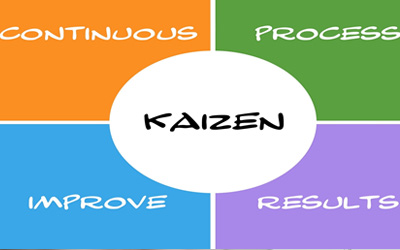» CALL US TODAY

Segment One: Prep Work for the Service Event
Segment Two: Providing a Solution and Closing the Sale
Segment Three: Providing Value
Segment Four: Ensuring Customer Satisfaction

Segment One: Preliminary Prep and Personal Hygiene
Segment Two: Arrival Protocols and Assessment
Segment Three: Formulation of Repair, Closure of Order
Segment Four: Exit Protocols and Communication

Segment One: Establishing Relations
Segment Two: Using Fab to Strengthen Relationships
Segment Three: Asking All the Right Questions
Segment Four: Overcoming Resistance

Segment One: The Weight of the World
Segment Two: Thinking Four Steps Ahead
Segment Three: Enhancing Vendor Relationships
Segment Four: Repetition in End User Service Habits

Segment One: Preliminary Prep Personal Hygiene
Segment Two: Arrival Protocols, Fulfillment of Order
Segment Three: Gathering Important Customer Data
Segment Four: Transfer of Important Customer Data

Segment One: Establishing Relationships
Segment Two: Profiling the Prospect or Customer
Segment Three: Offering a Complete Solution
Segment Four: Determination of Appropriate Frequency

Segment One: Understanding Economic Conditions
Segment Two: Benefits of Leasing versus Ownership
Segment Three: Should Financing End with New and Used Units
Segment Four: What's Best for the Customer

Segment One: Short-and-Long Term Opportunities
Segment Two: Advantages of Warranty
Segment Three: When to Offer Extended Warranty
Segment Four: How to Work with Your Sales Staff

Segment One: Indirect Effect and Responsibilities
Segment Two: Turning Continuous Improvement Into Profit
Segment Three: Filling the Black Hole
Segment Four: Applying Your Dealership’s Features, Advantages and Benefits

Segment One: Using Tools and Tips to Expedite Orders
Segment Two: Applying Journeymen Aptitude to Apprentices
Segment Three: Supporting Visual Inspections
Segment Four: Communicating the Repair Order Story

Segment One: The Price of Admission
Segment Two: Personal Advancement
Segment Three: The Importance of Meetings
Segment Four: Going the Extra Mile

Segment One: Understanding Your Work Environment
Segment Two: Basic Tools
Segment Three: The Chain of Command
Segment Four: Executing the Basics

Segment One: Choosing the Most Appropriate Target Audiences
Segment Two: Importance of "Cleansing" and Frequency
Segment Three: Applying AI and Business Intelligence
Segment Four: Why Sales Rep Accountability is Critical

Segment One: Consistency and Continuity
Segment Two: How Strong is Your Influence
Segment Three: The Art of the Compromise
Segment Four: Seeing Both Sides and Exhibiting Empathy

Segment One: Establishing Relationships
Segment Two: Fleet Profile and Critical Needs
Segment Three: Bundling and Volume Applications
Segment Four: Determination of Appropriate Frequency